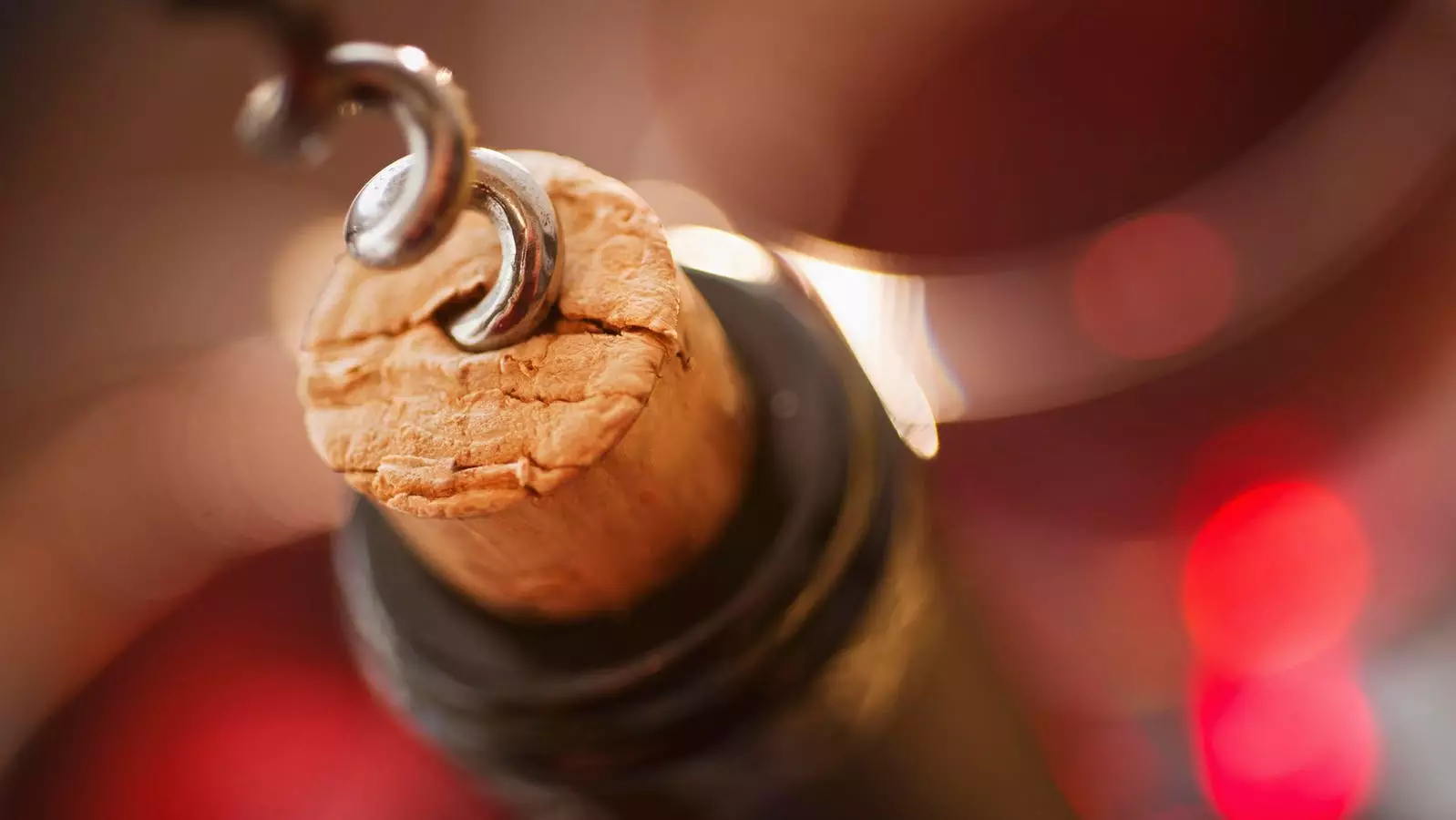The holiday season is a time steeped in tradition and social gatherings, where the art of gift-giving takes center stage. As the season unfolds, many shoppers find themselves grappling with a universal dilemma: what makes the ideal gift for a holiday party? One perennial favorite emerges—the elegant bottle of wine. However, as wine lovers navigate the aisles of their local shops, they often face an unexpected obstacle: the choice between a natural cork and a screw cap. This seemingly mundane decision can carry significant implications for both consumer behavior and marketing strategy.
The Psychological Barrier to Screw Caps
As you stand in front of a well-curated selection of wines, the allure of a beautiful bottle with a superb rating can be intoxicating. Imagine discovering a gem that boasts a remarkable score of 94 from Wine Spectator. Instantly, you envision the reactions of your friends and family as you present this exquisite choice at your holiday gathering. Yet, as you reach for that tantalizing bottle, you notice the screw top. An internal hesitation may arise. Why the doubt? Many consumers experience a moment of uncertainty, despite the scientific evidence supporting the effectiveness of both corks and screw caps in preserving wine quality.
Screw caps excel in their functionality, sealing the wine off from harmful oxygen exposure that can lead to oxidation. Unlike corks, which allow a minute amount of air to seep in, screw caps effectively eliminate the risk of both spoilage and the infamous “corked” wine scenario that can ruin an otherwise fantastic bottle. The power of perception, however, looms large. The age-old tradition of wine encapsulated by a cork has created an enduring bias against the modern alternative.
When wine aficionados think about a bottle of wine, the experience is not purely about taste; it is steeped in ritual and emotion. The act of uncorking is a physical manifestation of celebration and enjoyment, evoking a sensory experience that goes beyond the beverage itself. When gifting wine, the cork serves as an emblem of quality and care, reinforcing a narrative of thoughtfulness that a simple screw cap does not convey.
Wine marketers are acutely aware of this psychological backdrop. They expertly craft their branding and design elements to evoke feelings of nostalgia, refinement, and a sense of occasion. The cork has become not just a closure mechanism, but a symbol that communicates a perceived higher value. Numerous studies highlight how consumers are willing to pay a premium—sometimes as much as 20% more—for wines sealed with traditional corks. This willingness to spend is fueled by the belief that cork signifies a more elevated drinking experience.
Sound plays a critical role in shaping our experiences and emotions. The unmistakable popping sound of a cork being released from a bottle creates anticipation, signaling the beginning of a festive occasion. This auditory cue triggers stronger emotional responses when compared to the quiet twist-off of a screw cap. Cognitive scientists have found that our brains are wired to experience wine not just through taste, but also through sound, touch, and even scent, influencing our overall enjoyment.
The experience of enjoying wine is richly layered with sensory input, and each factor, from packaging to auditory cues, enhances our perception. When we pop a cork, the excitement and pleasurable anticipation invariably set a precedent for how we will perceive what’s contained within the bottle.
The Paradox of Effort and Perceived Value
In many commercial contexts, a smoother, frictionless transaction is sought after. Normally, one might anticipate that the easy twist-off of a screw cap would create a more favorable impression, given that it eliminates struggles associated with uncorking, such as broken corks or messy fragments. Yet, in the world of wine, there’s a fascinating paradox at play. Research indicates that the act of uncorking instills a deeper appreciation for the wine inside. This notion was explored in conversations with behavioral science experts, underlining how personal effort can create a perceived sense of value.
Further analysis revealed that when consumers engage with the process—when they uncork the wine themselves—they tend to enjoy it more than if someone else performs that action. This notion of personal investment, combined with the luxury associated with corked bottles, shapes consumer expectations and experiences dramatically.
The conversation around wine closures illustrates a broader lesson in marketing relevant across various industries. Packaging choices are not merely functional; they are heavily laden with meaning, expectation, and emotional resonance. Brands that take the time to comprehend these subtleties can better align their offerings with consumer desires, ultimately enhancing their connection with target audiences. By understanding the psychological implications of packaging and sensory experiences, companies can offer more than just a product—they can provide a comprehensive, memorable experience that lingers long after the last sip has been enjoyed.


Leave a Reply